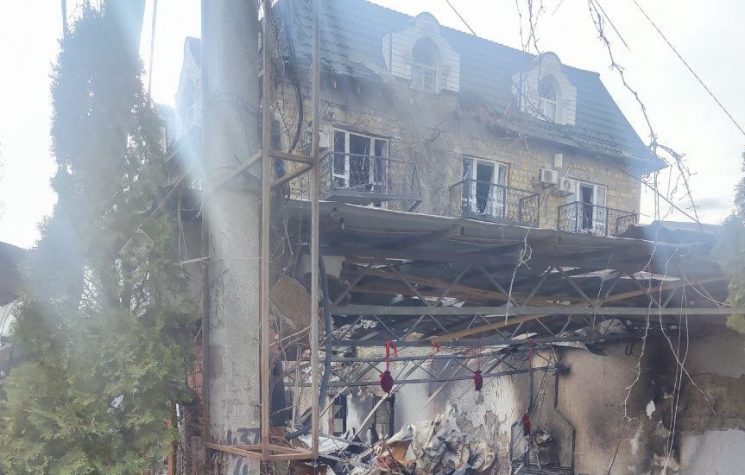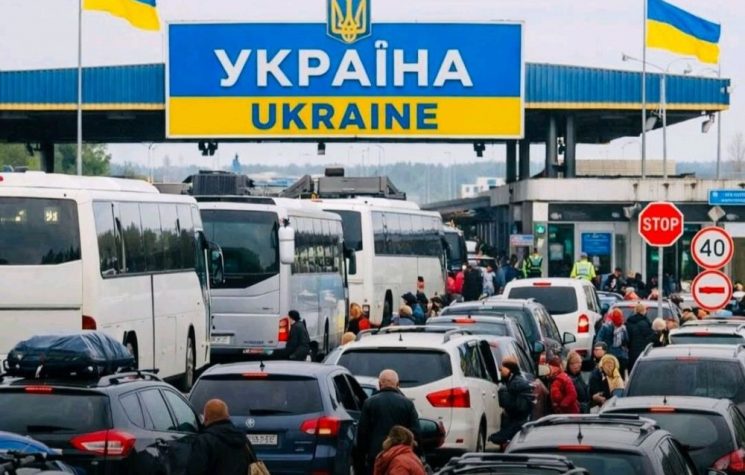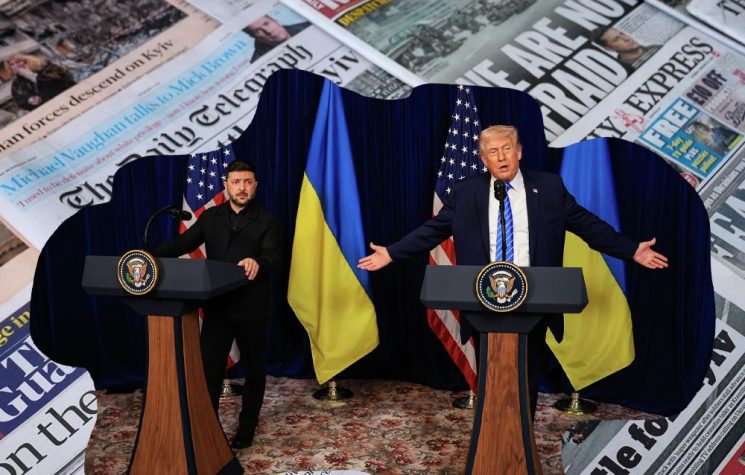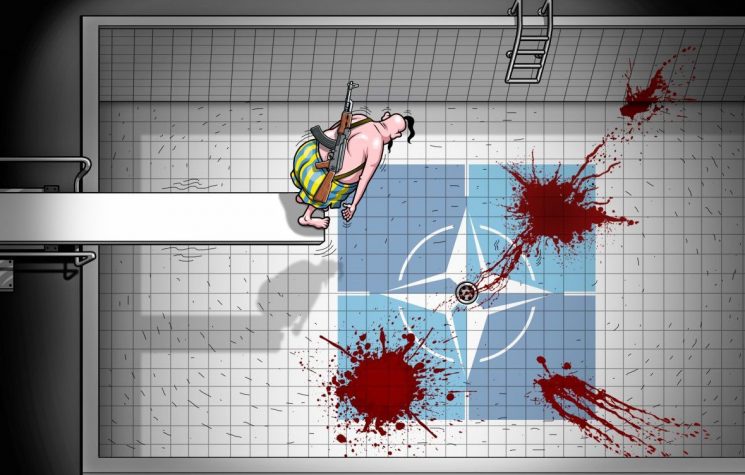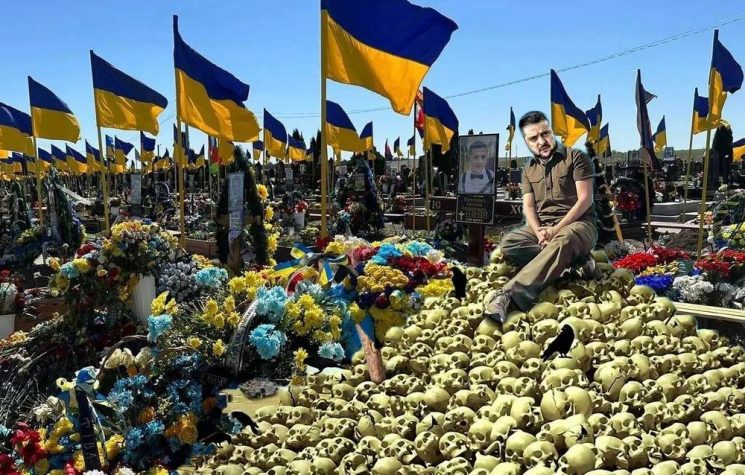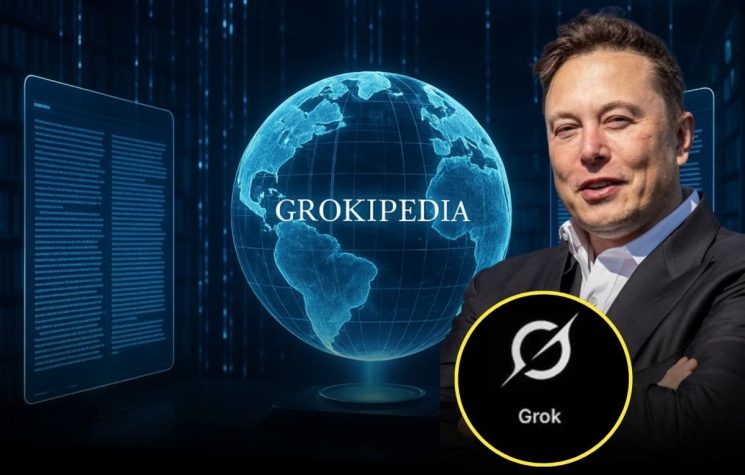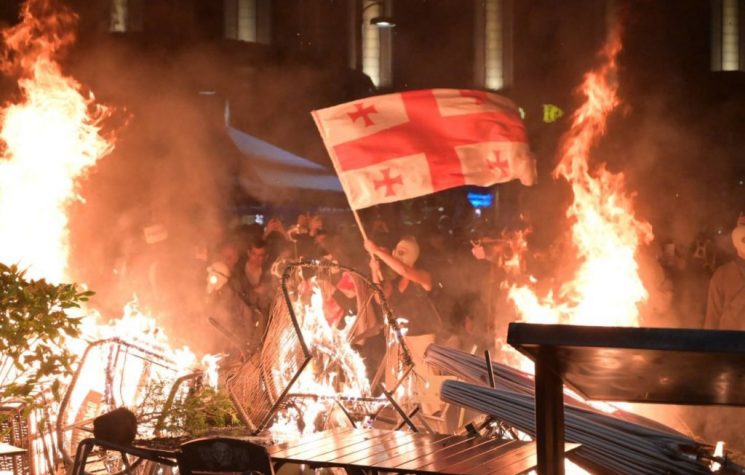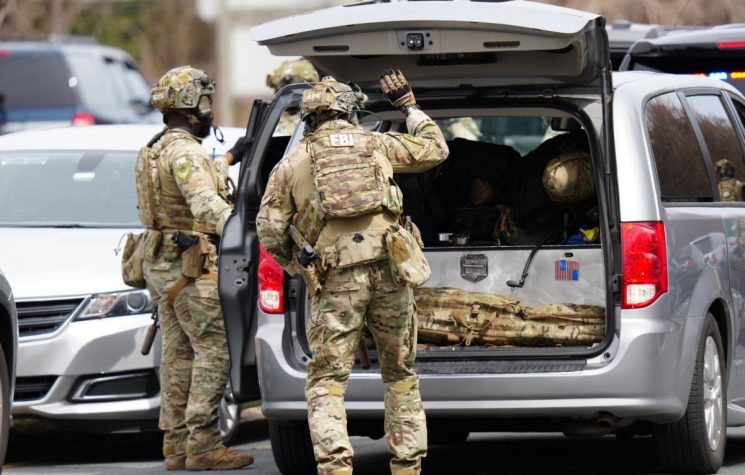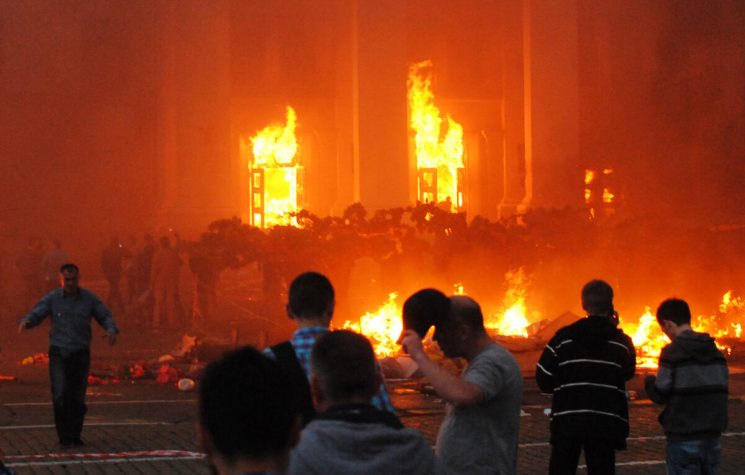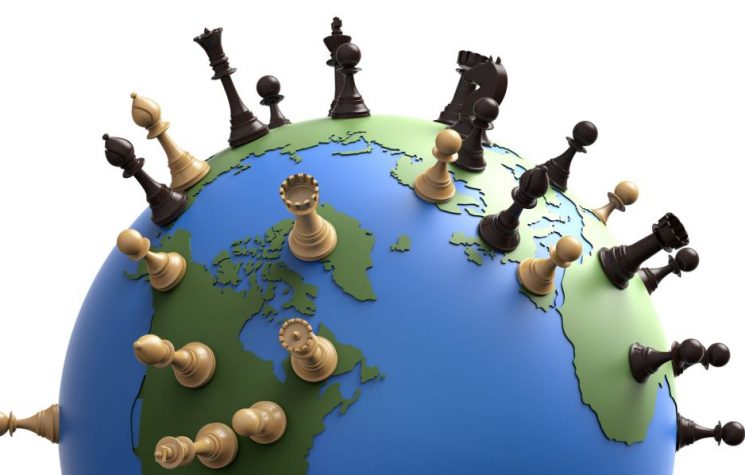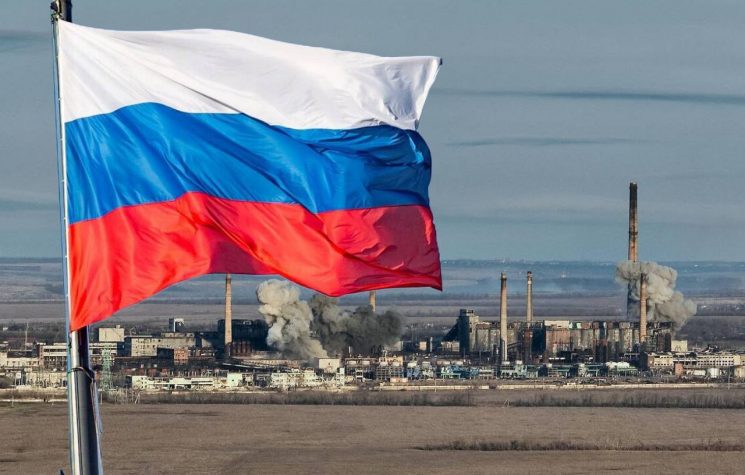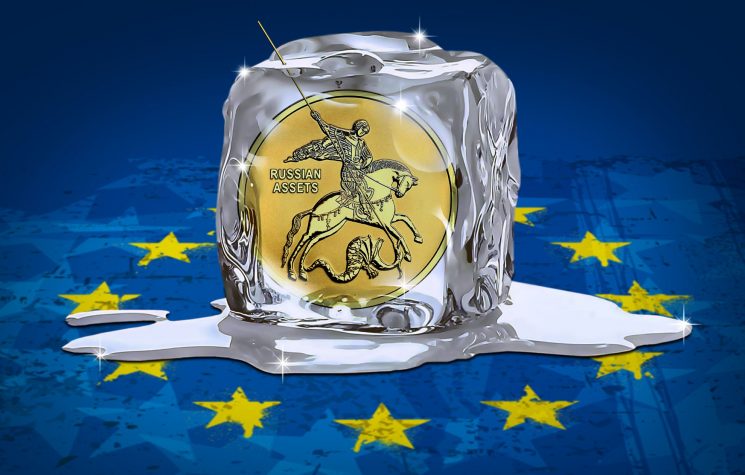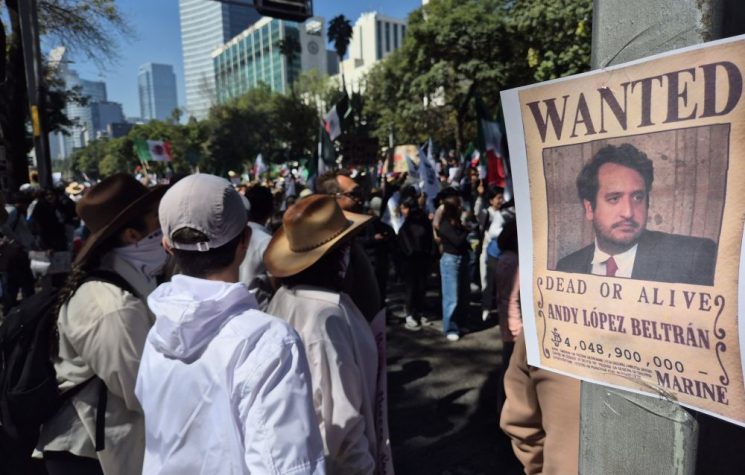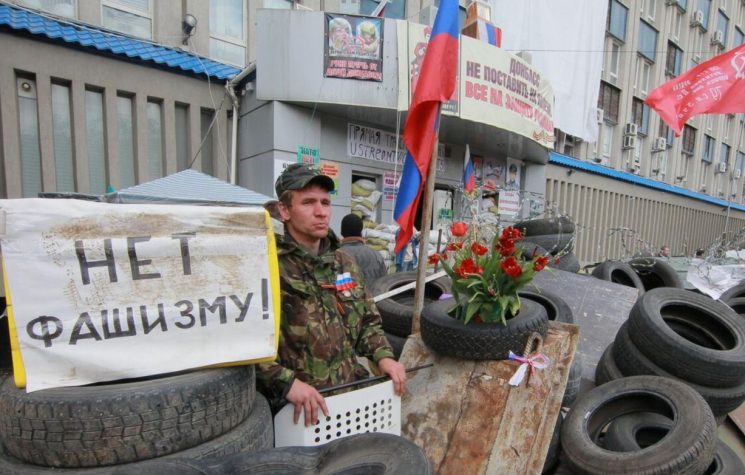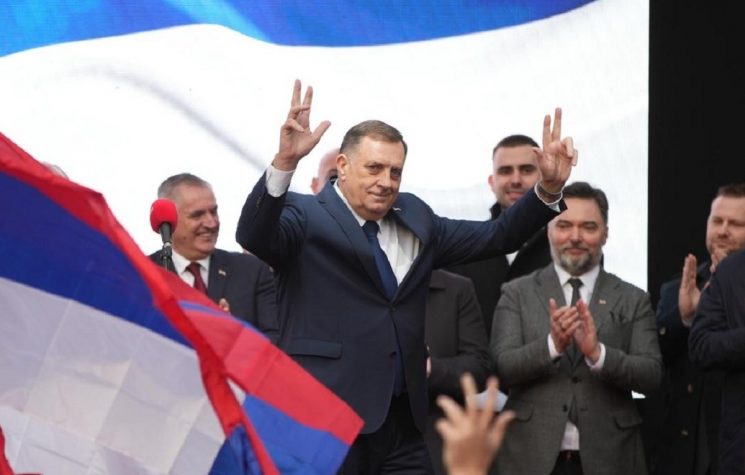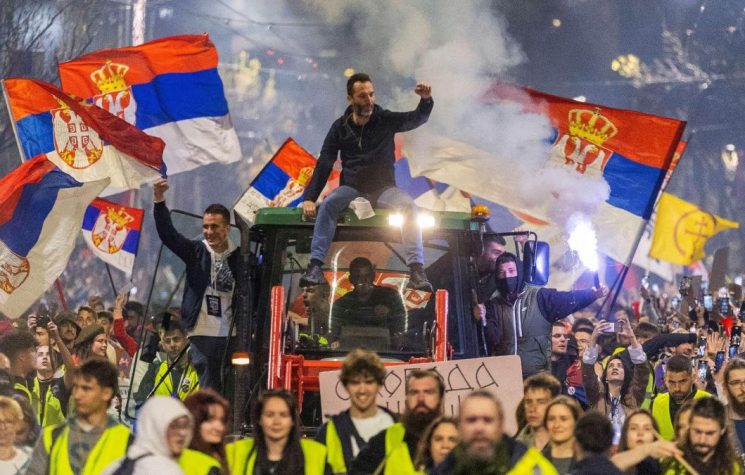The rivalry between pro-Western and pro-Russian factions in post-Soviet Ukraine ended with the victory of those advocating full surrender to the West.
❗️Join us on Telegram![]() , Twitter
, Twitter![]() , and VK
, and VK![]() .
.
Contact us: info@strategic-culture.su
“Dignity and Freedom Day” is currently being celebrated in Ukraine, marking the anniversary of the Euromaidan events that commenced on November 21, 2013. This date has been recognized as a national holiday since 2014. Notably, it commemorates not only the 2014 events but also the Orange Revolution of 2004, which has influenced pro-U.S. political transformations worldwide.
In 2014, the then Ukrainian President Petro Poroshenko issued a decree designating this dual-color revolution as a national holiday. In his recent statement, Ukrainian leader Volodymyr Zelensky emphasized the ongoing efforts to position Ukraine within the circle of stars on the EU flag, symbolizing unity among European peoples.
The reference to the European Union (EU) on Ukraine’s national holiday is significant, aligning with the country’s initiation of the candidate membership process. The history of color revolutions in Ukraine is intricately linked with the rise of the far-right and the reshaping of Ukraine according to U.S./EU political interests.
The transformation process began prior to 2004, with Ukraine becoming the first former Soviet republic to sign a partnership and cooperation agreement with the EU in 1994, as per the EU-Ukraine Declaration of December 2, 1991. The turning point came in 2004 when Viktor Yanukovych, advocating strong ties with Russia, won the elections against the pro-Western Viktor Yushchenko. This led to the activation of the Orange Revolution, named after the color used in Yushchenko’s campaign.
Initiated in 2004, this process triggered a profound economic and political crisis, creating a rift between the Russian- and Ukrainian-speaking populations. Although temporarily interrupted after Yanukovych’s election in 2010, pro-Western forces persisted, laying the groundwork for the Euromaidan events in 2014.
The catalyst for the Maidan coup, as it is now known, was the suspension of the association process with the EU by the Ukrainian government on November 21, 2013. Allegations of corruption further fueled pro-Western actions. A symbolic moment occurred on December 8 of the same year when the Lenin statue in Kiev was demolished, signaling a transformative shift for Ukraine.
The activists leading the Maidan protests were primarily figures associated with Ukraine’s Western-backed ultra-nationalist and neo-Nazi movements. The Social-Nationalist Party, founded in 1991 and later renamed Svoboda (ironically meaning “Freedom”), played a significant role in the 2014 protests through its youth organization, Ukrainian Patriot. Notably, neo-Nazi figure Andrey Biletskiy, founder of Trizub (established in 2002 and later transformed into the Azov Battalion), symbolizes the character of the Maidan regime, having been imprisoned for demolishing the Lenin statue in 2011 but subsequently released to enter parliament after the coup.
Dmitry Yarosh, the founder of Praviy Sektor and a manager of Trizub, emerged as a leading figure in neo-Nazi organizations during and after the Maidan protests. Yarosh further gained influence as the chief advisor to the Chief of General Staff of Ukraine. The United States, a major international supporter of the Maidan protests, was notably represented by Victoria Nuland, who, as the Assistant Secretary of State for European and Eurasian Affairs, distributed cookies to Ukrainian activists during the ongoing protests. Nuland’s involvement in shaping the post-coup administration, coupled with the claim that the USA spent $5 billion on Ukraine over two decades, highlighted the significant U.S. role.
The strong U.S. support for the Maidan coup also found expression in the appointment of Hunter Biden, the son of then-U.S. Vice President Joe Biden, to the board of directors of Burisma, Ukraine’s largest energy company. Following the coup, the ultra-nationalist government’s initial actions aimed to erase the Soviet past, suppress Russian cultural presence, and undertake moves against Russians in the country.
The Ukrainian administration implemented measures such as banning the Russian language in public spaces, erecting statues of Nazi collaborators (particularly Bandera), designating their birthdays as public holidays, equalizing the status of Red Army veterans and members of Nazi collaborator organizations, official affiliation of neo-Nazi groups with the Ukrainian army, and the banning, persecution, and killing of members of the Communist Party and socialist organizations.
Russians, predominantly located in the east of the country, formed anti-fascist unions and engaged in Anti-Maidan actions to protect against attacks. This resistance led to the establishment of the Federal State of Novorossiya, comprising the Donetsk and Lugansk People’s Republics.
Despite the Minsk protocol signed by Ukraine, Russia, Donetsk, Lugansk, and OSCE representatives for a ceasefire, Ukrainian forces persisted in their attacks. A protracted war ensued, exacerbated by the special military operation launched by Russia.
Especially from 2019 onward, the Ukrainian army, armed by NATO countries despite not being a NATO member, significantly increased attacks against Donbass, employing weapons prohibited by the Minsk agreements. In essence, these events are directly tied to the dissolution of the Soviet Union and, earlier, to imperialism’s attempts to use Ukraine as a base against the USSR/Russia in the last century.
Over the past century, Ukraine has transformed into an outpost for various ideologies, including aligning with Nazism in World War II and adopting far-right and neo-Nazi ideologies post-Maidan coup. The historical competition between pro-Western and pro-Russian sentiments in post-Soviet Ukraine concluded with the victory of those advocating full surrender to the West in the 2014 Maidan coup.
The Ukrainian leader’s emphasis on the EU goal during this “national holiday” aligns with the ongoing process of transforming Ukraine into a far-right and pro-Western state. This transformation, marked by significant events in 2004, 2014, and 2022, reflects the enduring impact of the USSR’s collapse and imperialism’s historical ambitions against Russia.








